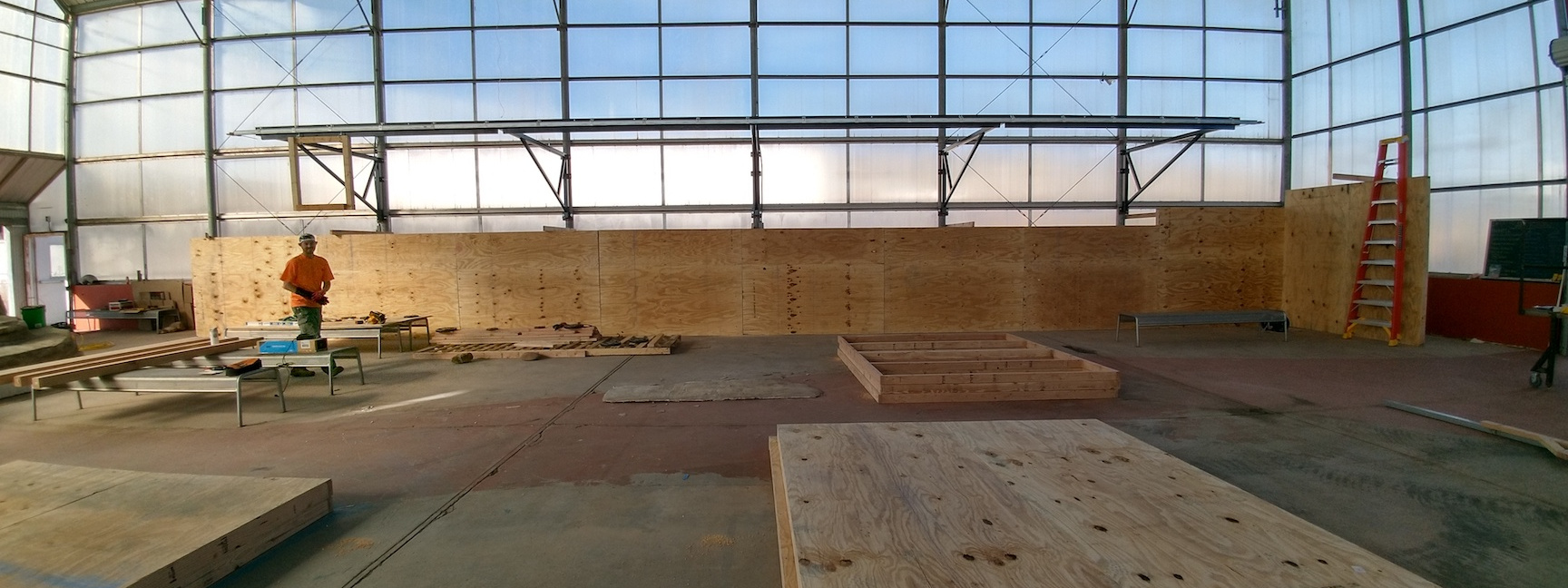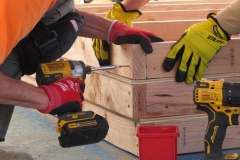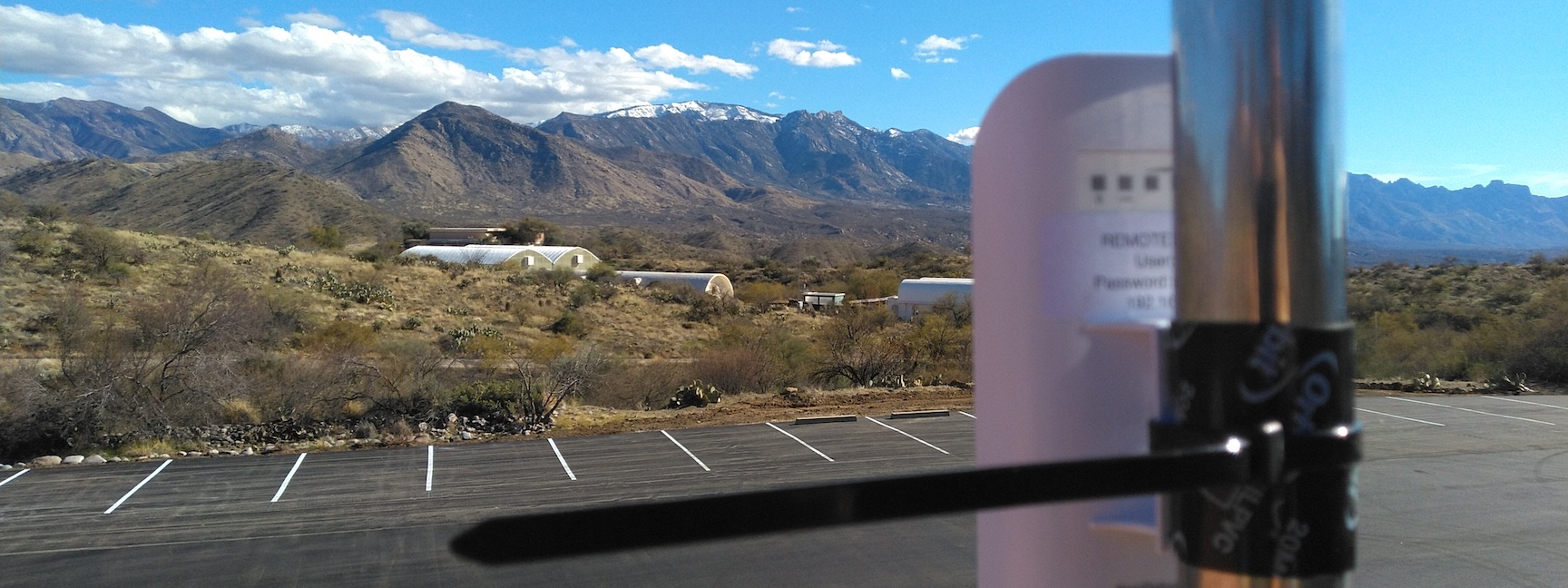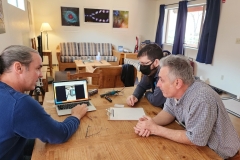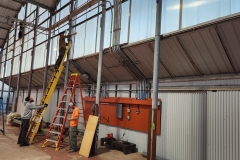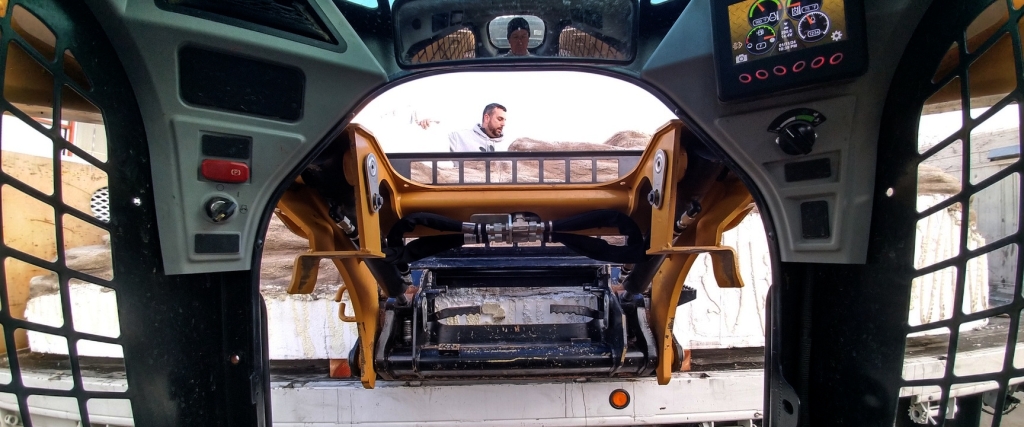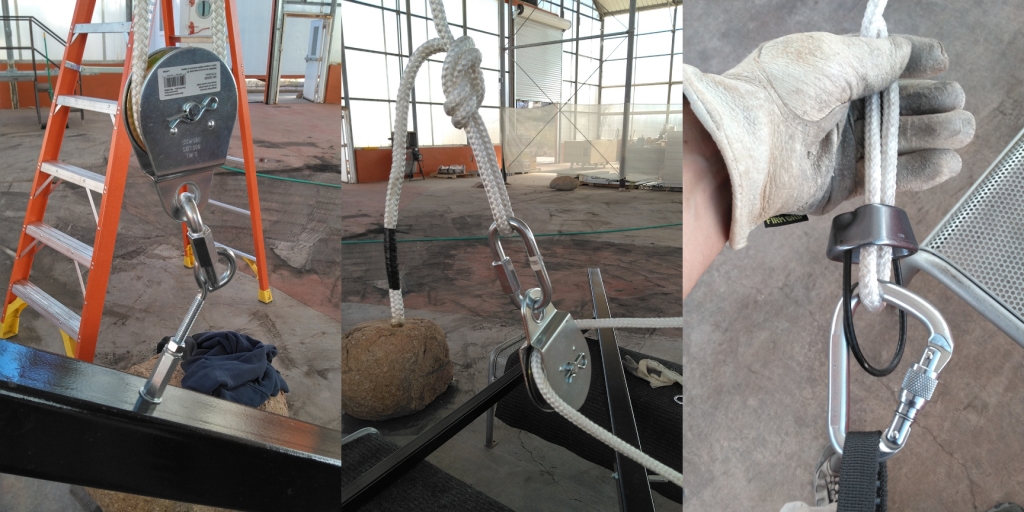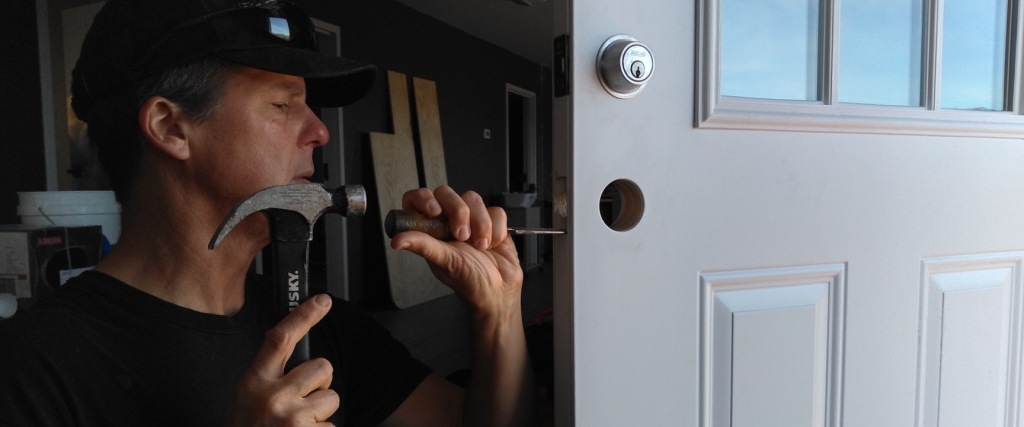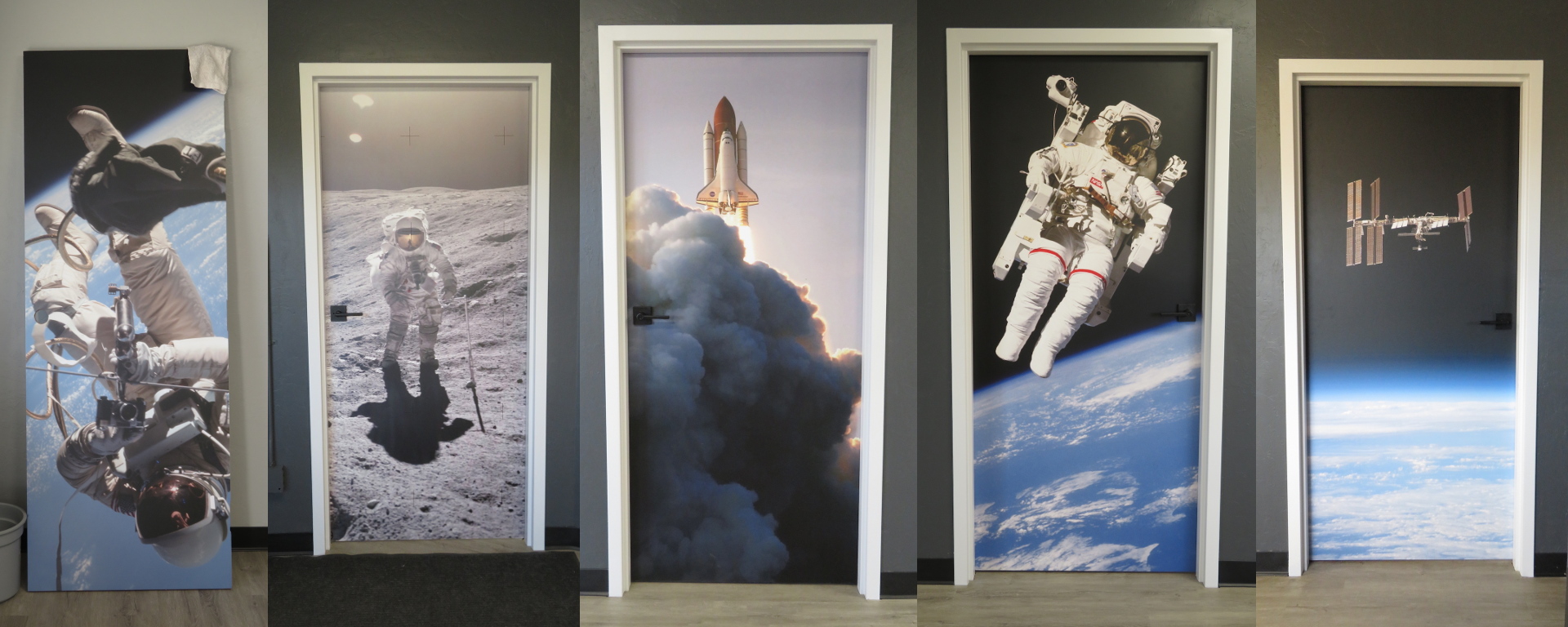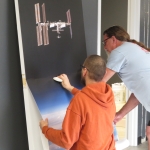Getting it done!
We’ve been fully consumed with the fabrication of the Mars yard and preparation for our third crew to be sealed inside of SAM, such that these blog entries have fallen behind. We promise to catch up soon!
The work at SAM continues, with our third crew Imagination I entering SAM on March 10 for a six days, five nights mission of a very unique design and objective.
The Mars yard is now fully framed with 200 linear feet of 8 foot tall plywood walls that await the arrival of two semi-truck loads of foam blocks, to be sculpted into a synthetic Mars crater.
A new hydroponics prototype is complete and operational with transition from ebb ‘n flow to NFT (nutrient film technique) for an improved delivery of nutrients with no water exposed directly to light to reduce algae growth.
A point-to-point wireless bridge now brings stable, high-speed data from SAM to the SAM Operations Center, and a rebuilt SAM email server provides a new time-delay email server for the crew members sealed inside.
Two more days before training the crew!
Stay tuned!


